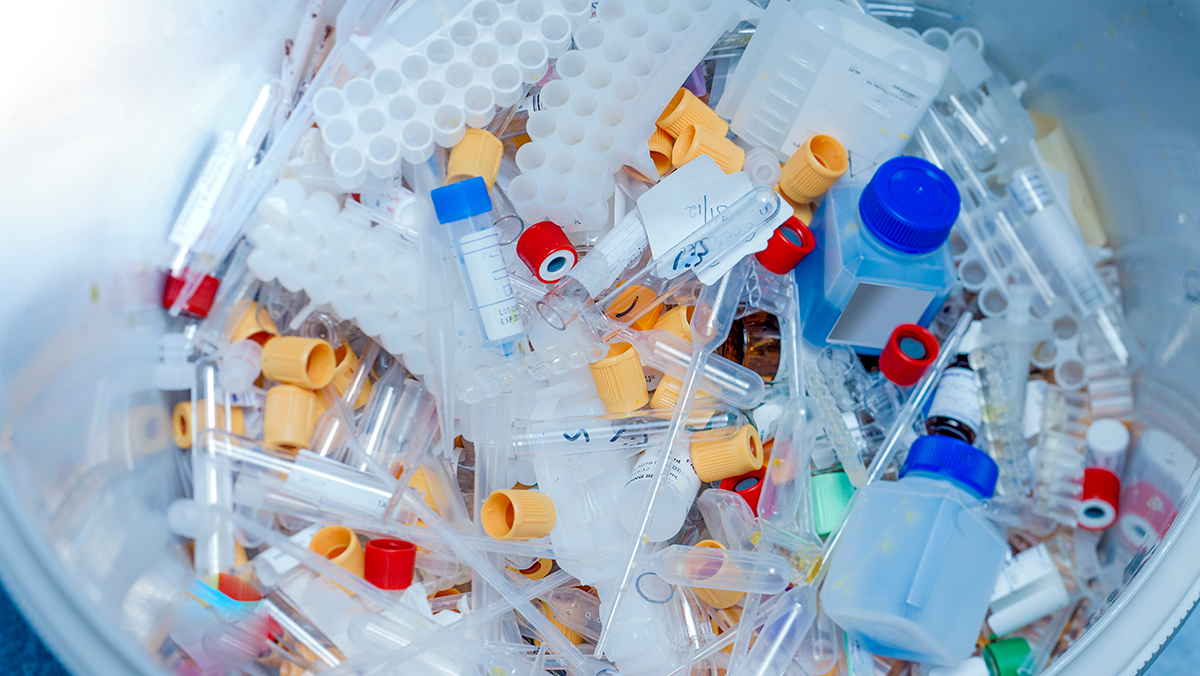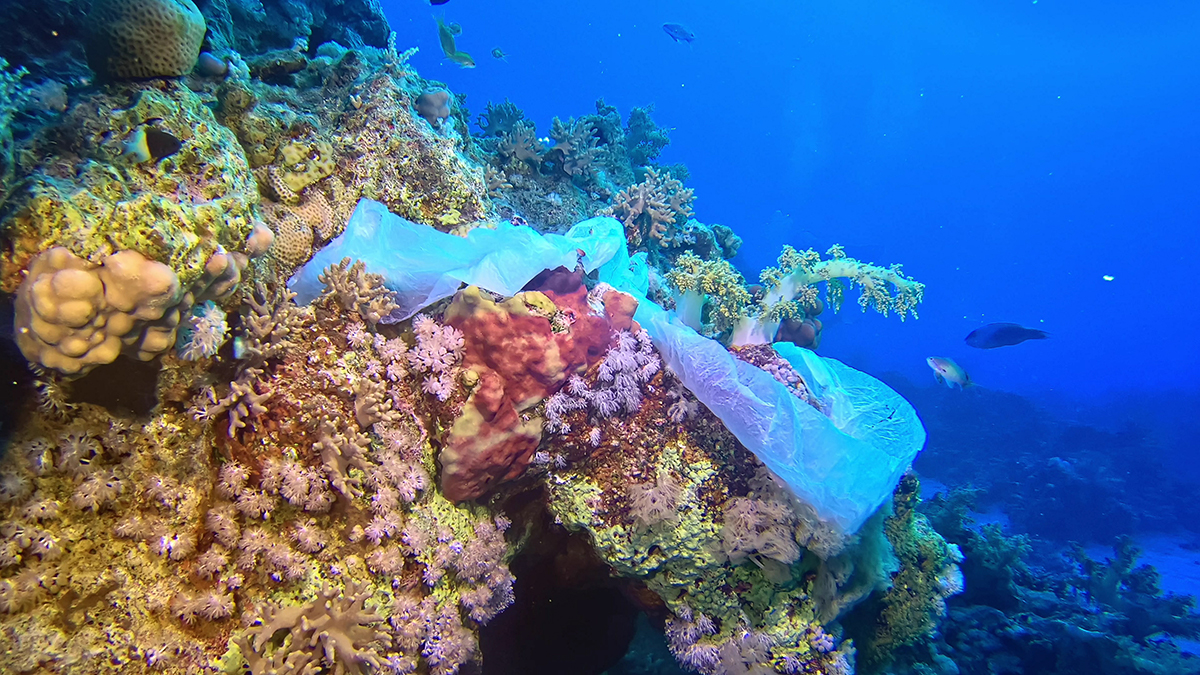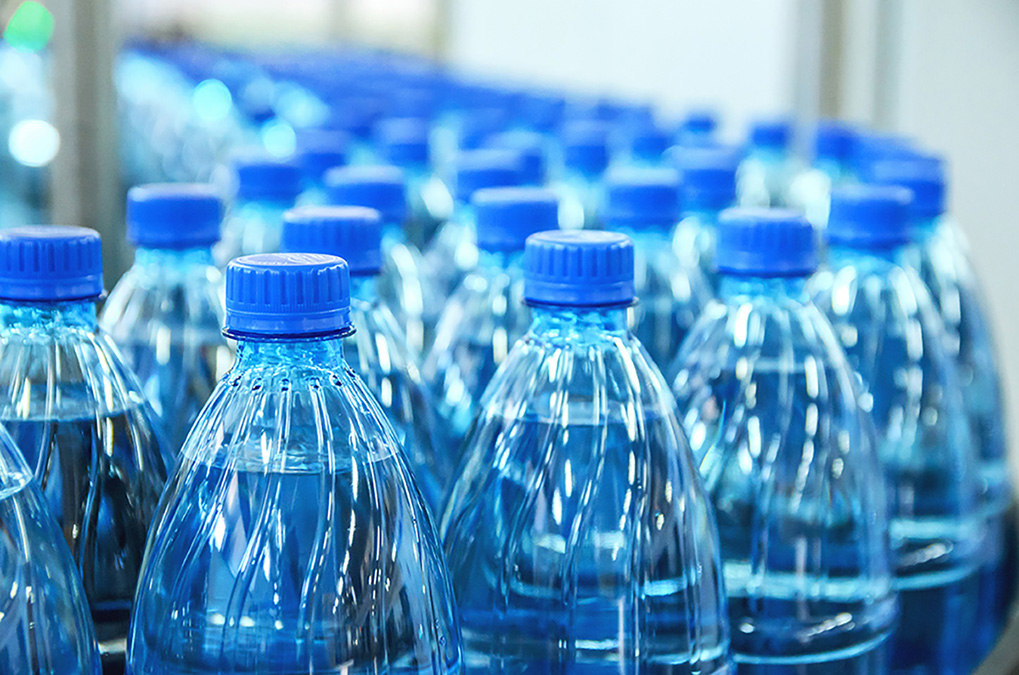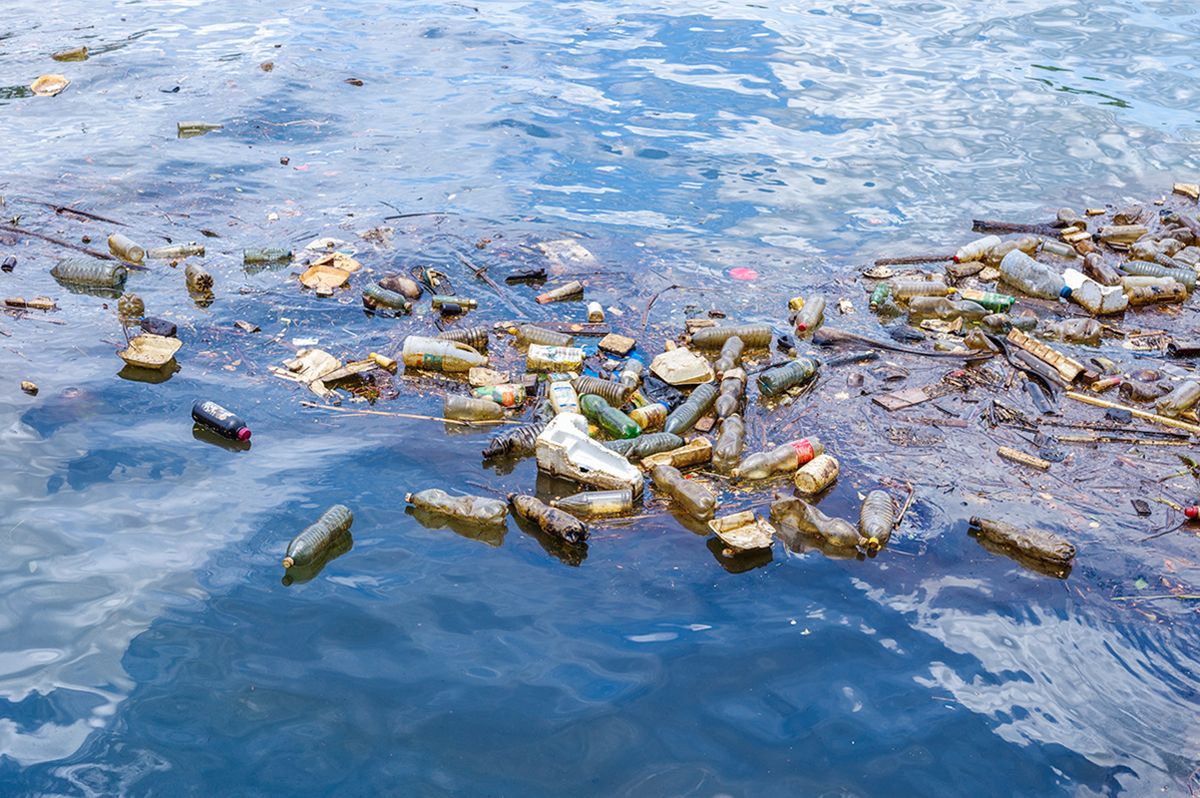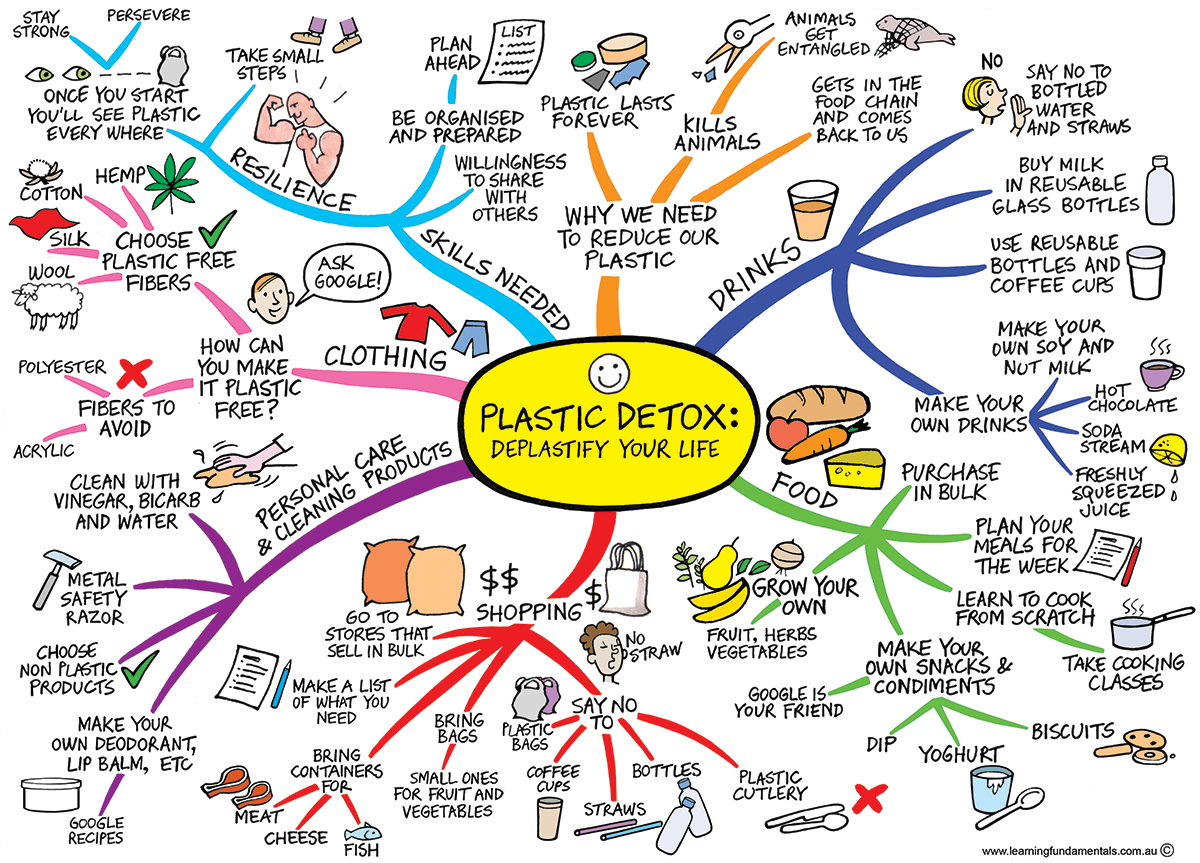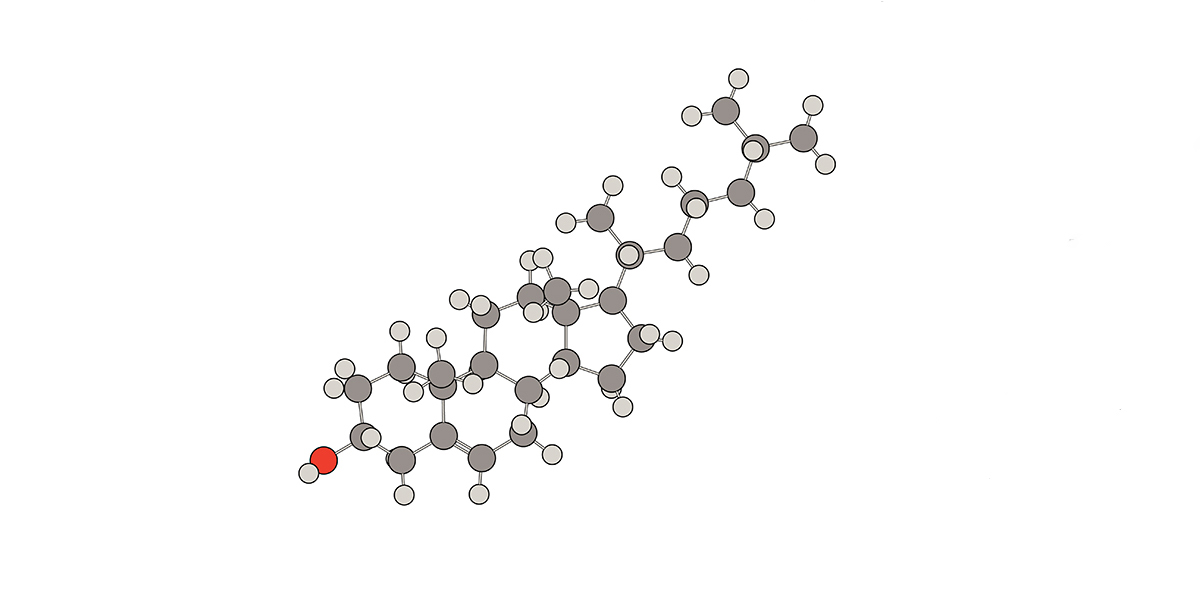Welcome to grade 12 chemistry where you will learn both about the science of chemistry as well as the connections between chemistry and social and environmental issues.
Plastics have inundated our lives and become so ubiquitous that it is hard to imagine life without them, from heart valves and blood bags in the medical industry to food storage, waste removal and everything in between, plastics are everywhere. While the development of plastics has certainly had a positive impact on a wide range of industries and everyday conveniences, it is impossible to turn a blind eye to the prolific environmental concerns associated with plastic pollution.
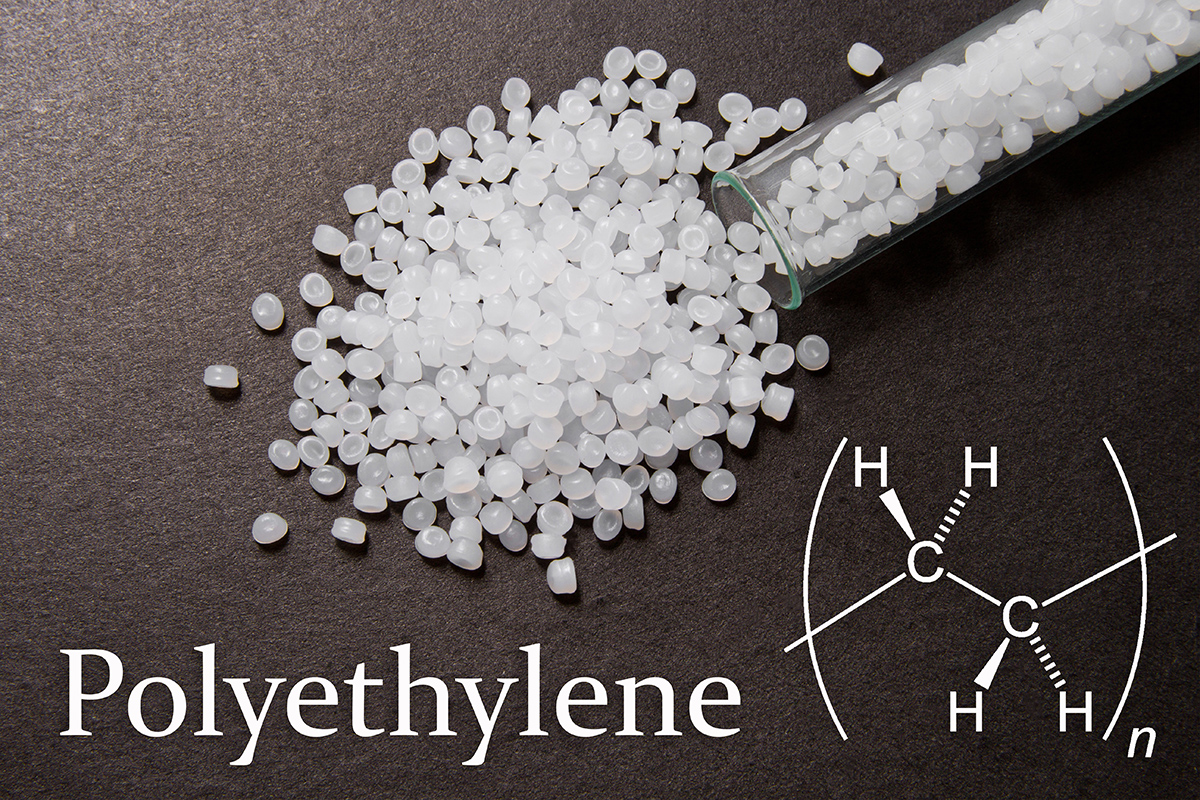
Many of the plastics that we encounter every day, including plastic bags and bottles, are made from polyethylene, an organic compound composed of long chains of carbon and hydrogen atoms. In this unit you will learn more about organic compounds, including their structures, functions, and the positive and negative effects that these molecules can have on the world around us.
Notebook
In this course you will need to keep an updated notebook to make notes on what you are learning, compile research and organize what you've learned in this course. You may choose to use a hard copy notebook (paper and pen), use a word processing tool for your notebook, or a combination of both -whatever best supports your learning. In your daily life, you may have heard the term “organic”. Think about the contexts in which you’ve heard that term. What comes to mind? In your notebook, create a mind map, list or brainstorm that captures all the things you associate with the term “organic”.
Now that you have thought about and recorded all the things that you associate with the term “organic”, research this term using the internet or any other resources. Find out what organic compounds are and some common uses for organic compounds.
Consider how this information changed your understanding of the term “organic”.
Organic Chemistry and Organic Compounds
We have come a long way since the origins of organic chemistry, a history that stretches back over nearly two centuries. Originally, organic compounds were regarded as substances that were isolated from organisms, formed by a vital force present only in living things. In 1828 these principles changed when German chemist Friedrich Wöhler reported the synthesis of urea from nonliving materials.
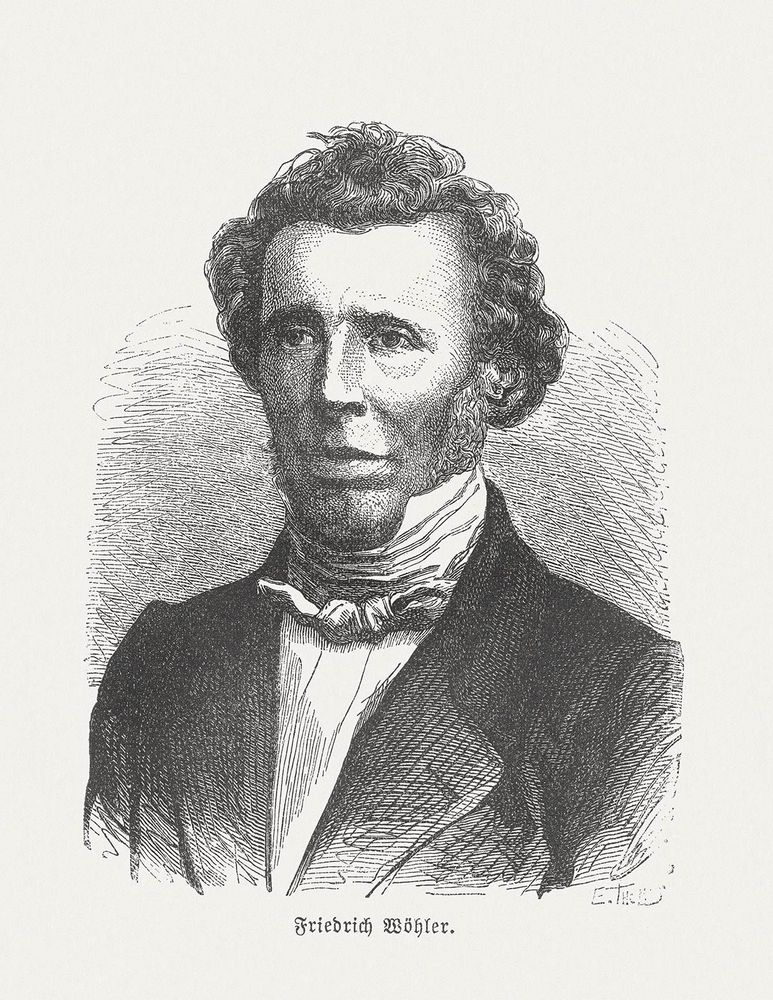
Friedrich Wöhler (1800-1882)
Organic chemistry has now evolved to include both naturally occurring and synthetically derived compounds containing carbon. Today, organic compounds are key components of pharmaceuticals, textiles, plastics, perfumes, cleaners and many other substances that we come into contact each day. The ubiquity of these carbon-containing compounds then begs the question, what makes carbon so special?
Characteristics of Carbon
The prevalence of carbon in organic compounds can be attributed to several factors, including:
- carbon’s ability to bond to itself,
- its ability to form multiple (double and triple) bonds, and
- its high bonding capacity.
To review group 14 of The Periodic Table of Elements, you can refer to the Interactive Periodic Table of Elements app.
Notebook
Using the internet or any other resources of your choosing, research three types of industries that use organic compounds.
For the three industries find:
- What types of organic compounds are used?
- How are the organic compounds used? Are they part of the manufacturing process or are they the end-product?
Write the findings on the three industries in your notebook or in the space below. Then, read the sample answer provided to verify that you are on the right track.
The plastics industry uses organic compounds in the manufacture of many different products, including, for example, plastic bags. To manufacture plastic bags, beads made up of polymers of polyethylene, an organic compound, are processed into the final product. Along with the organic compounds that make up the plastic bags themselves, many organic compounds are found in the machinery that is required during the manufacturing process.
Research Project
Choose one of the three industries that you researched and create a product of your design that will help you summarize your research. Save this product to submit for feedback at the end of Unit 1 as part of a research project.
Your product could be:
- a poster,
- an infographic,
- a typed document,
- a video or audio recording, or
- anything that you design.
What would you like to know more about this industry and the use of organic compounds?
Select one of your three industries that you find the most interesting and then watch this video on asking good inquiry questions.
Create a list of level-3 inquiry questions that you have about this industry and record in your notebook. To check your questions, read a level-3 inquiry question about the plastics industry.
What alternative products or methods could be used to manufacture plastic bags?
Research Projects
Throughout this course, you will be tasked with working on different research projects. The information you research will be used as part of assessments for grading or feedback to be submitted when instructed.
One of the expectations for this unit to:
- “assess the social and environmental impact of organic compounds used in everyday life, and propose a course of action to reduce the use of compounds that are harmful to human health and the environment”.
Looking at the industry you chose and the inquiry questions that you have posed and recorded in your notebook, modify or select those inquiry questions that will help you address this expectation. Then, read the following inquiry question that addresses this expectation as regards the plastics industry that we have been using as an example in this activity.
What alternative products or methods could be used to manufacture plastic bags that would reduce the impact of their manufacture and use on the environment?
Notebook
Throughout this unit you will be exploring your inquiry questions and making connections between the content you are learning and your chosen industry.
Title an entry in your notebook, “My Organic Inquiry” and pose your modified questions there.
Reflection
Review the learning goals and success criteria for this learning activity. How might you rank your learning at this time? Revisit any areas you are not confident in your understanding.
| Success Criteria | Yes I am confident I am able | Not yet I need to review the learning activity |
|---|---|---|
| Classify a compound as organic based on the composition of the compound (what it is made of) | ||
| Write inquiry questions that lead to deeper understanding |

